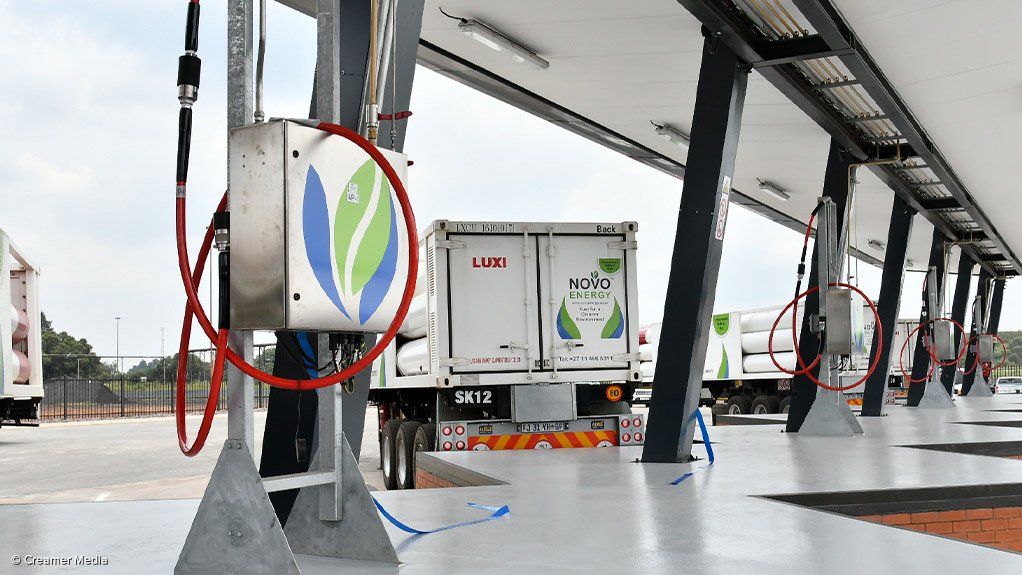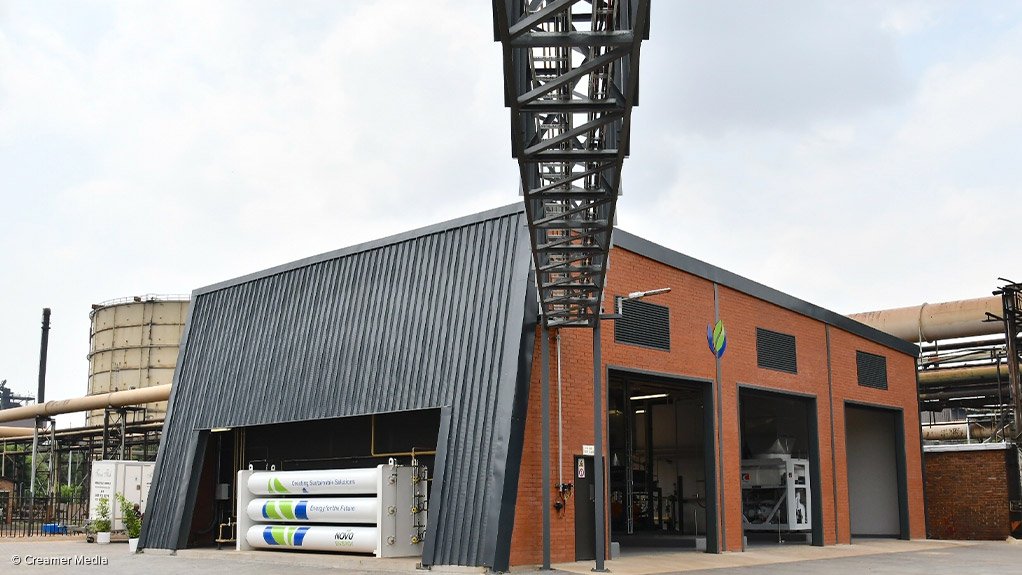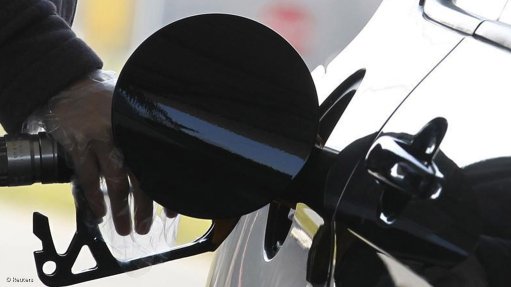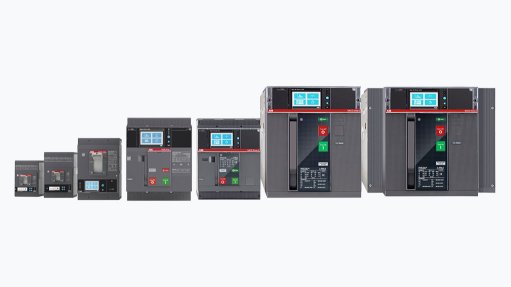Novo Energy launches R130m gas compression facility in eMalahleni
Energy solutions company Novo Energy on Friday launched a R130-million large-scale natural gas compression facility at the Highveld industrial park, in eMalahleni, Mpumalanga.
The facility provides cleaner, and more reliable and cost-effective energy, compared with coal and other petroleum products.
At the launch, CEO Andri Hugo said the facility would play a significant role in helping to unlock South Africa’s power constraints, while also reducing carbon intensity.
“South Africa is a coal-based economy with about 77% of electricity generated from coal and a large portion of transportation fuels derived from the same source. Add to that the large percentage of industrial processes that use coal and you have an entire industrial sector built around cheap coal and electricity.
“But we depend heavily on imported resources for our hydrocarbon supply and this has resulted in exposure to international energy supply uncertainty, issues of reliability and price volatility,” he pointed out.
He added that although South Africa’s gas market is small, accounting for only 3% of the energy mix, the inherent benefits have the potential to change the economy by stimulating economic growth, development stability and job creation.
“Africa has been blessed with an abundance of resources, including minerals, energy, natural resources and human capital. A combination of these, through industrial activity, can address most of the socioeconomic challenges we face.
“Natural gas will play an important role in our energy mix through power generation, thermo-industrial applications and transportation and the vast natural gas discoveries on the continent will provide the key to unlocking our gas economies,” Hugo further pointed out.
Novo business development manager Justin Austin, meanwhile, said natural gas was the simplest hydrocarbon available, making it suitable as a feedstock for fertilisers, plastics and energy applications.
Natural gas can also be used as a heating fuel for industrial, commercial and residential applications, steam generation and direct heating applications, natural gas-run vehicles and power generation, he pointed out.
The eMalahleni gas compression station is Novo’s thirteenth – and its largest – such facility.
Austin said the most important application for natural gas going forward would be for power generation in remote locations, especially for remote mines that do not have grid accessibility and are using diesel as an energy source.
THE FACILITY
The eMalahleni plant, which took less than six months to build and will operate twenty-four hours a day, seven days a week, is a fully automated site with substantial compression capacity and access to very large gas supplies – Sasol’s natural gas pipeline feeds the plant.
Novo described the facility as a gas aggregation hub that has a unique configuration of compressors and loading facilities capable of rapidly loading the Novo logistics fleet.
It also has the ability to refuel vehicles on site.
“The site is a national key point so we eliminate supply interruptions when there is no electricity and a lot of redundancy has been built into the site on all the components from a compression and loading point of view and a logistics fleet and, because of this, we can always make sure there’s no interruption to our customers should there be equipment failures or anything goes wrong. We have also made provisions for generator tie-in in the future,” said Hugo.
He added that Novo built this facility to meet the growing demand for compressed natural gas (CNG), as well as to supply customers who are not on an existing gas pipeline.
“As a gas aggregation hub, we can receive gas, process the molecules and manage the logistics of getting the gas to our customers. From mines to bakeries, factories, hospitals or a fleet – we deliver the CNG to our customers’ sites by road. Our gas packs installed on trailers are then fed into either a factory or refuelling station.
“Many businesses across various industries have never had access to a natural gas pipeline and have been restricted to the use of coal and refinery products that are dirty and expensive.
“Because of this new infrastructure, we can help them make the switch to natural gas – a cleaner more sustainable alternative energy [source] that is half the price and we can distribute gas anywhere in the country.”
Expanding on the concept of a gas aggregation hub, Hugo said the facility has been structured to be able to provide flexibility in the future so that the eMalahleni site can receive gas from any other source – not just a pipeline. The company can then distribute to customers in a compressed form or even as liquid natural gas.
Through its customised offering and supplying CNG to industrial, mining, pharmaceutical, agricultural, food and transport customers with requirements for heat, steam, power generation and cleaner fuel for transportation, Novo aims to strengthen energy security, revitalise the economy of Mpumalanga and play an important role in environmental impact reduction.
Novo believes that actions today will lead to a sustainable future.
GAS COMPRESSION PROCESS
Gas is supplied to the Novo plant through a pipeline from the gas reticulation network at the old Evraz Highveld Steel plant – where the Highveld industrial park is now located – to an inlet meter station at the Novo compression system.
Thereafter, the gas is compressed through a four-stage reciprocal compressor to 250 bar through a priority filling valve, which fills the buffer storage cylinders in sequence.
The priority valve will also allow the compressor to fill the gas trailer packs up to 250 bar until the compressor shuts off.
The CNG is stored in a buffer storage system to make use of the compression station more efficiently. CNG is stored at high pressure in the buffer storage tanks reservoirs.
The buffer storage volume is used for refuelling the lower-volume customers, such as for vehicles, and is designed to be large enough so that the compression equipment requires fewer starts between refuelling.
For truck bay dispensing, gas is drawn from the buffer storage cylinders through the dispenser in sequence. Once the gas trailer pack is connected to the dispenser and the filling starts, the dispenser will automatically draw gas from the buffer storage until the pressure in the gas trailer packs has equalised with the buffer storage, at which point the compressors take over to top the gas trailer packs up to 250 bar.
For vehicle dispensing, gas is drawn from the buffer storage cylinders through the dispenser in sequence. Once the vehicle is connected to the dispenser and filling starts, the dispenser will automatically draw gas from the buffer storage until the pressure in the vehicle storage reaches 210 bar. If the storage is insufficient to fill the vehicle to 210 bar, the compressor will come on line and top up the vehicle to the required pressure.
Article Enquiry
Email Article
Save Article
Feedback
To advertise email advertising@creamermedia.co.za or click here
Comments
Press Office
Announcements
What's On
Subscribe to improve your user experience...
Option 1 (equivalent of R125 a month):
Receive a weekly copy of Creamer Media's Engineering News & Mining Weekly magazine
(print copy for those in South Africa and e-magazine for those outside of South Africa)
Receive daily email newsletters
Access to full search results
Access archive of magazine back copies
Access to Projects in Progress
Access to ONE Research Report of your choice in PDF format
Option 2 (equivalent of R375 a month):
All benefits from Option 1
PLUS
Access to Creamer Media's Research Channel Africa for ALL Research Reports, in PDF format, on various industrial and mining sectors
including Electricity; Water; Energy Transition; Hydrogen; Roads, Rail and Ports; Coal; Gold; Platinum; Battery Metals; etc.
Already a subscriber?
Forgotten your password?
Receive weekly copy of Creamer Media's Engineering News & Mining Weekly magazine (print copy for those in South Africa and e-magazine for those outside of South Africa)
➕
Recieve daily email newsletters
➕
Access to full search results
➕
Access archive of magazine back copies
➕
Access to Projects in Progress
➕
Access to ONE Research Report of your choice in PDF format
RESEARCH CHANNEL AFRICA
R4500 (equivalent of R375 a month)
SUBSCRIBEAll benefits from Option 1
➕
Access to Creamer Media's Research Channel Africa for ALL Research Reports on various industrial and mining sectors, in PDF format, including on:
Electricity
➕
Water
➕
Energy Transition
➕
Hydrogen
➕
Roads, Rail and Ports
➕
Coal
➕
Gold
➕
Platinum
➕
Battery Metals
➕
etc.
Receive all benefits from Option 1 or Option 2 delivered to numerous people at your company
➕
Multiple User names and Passwords for simultaneous log-ins
➕
Intranet integration access to all in your organisation























